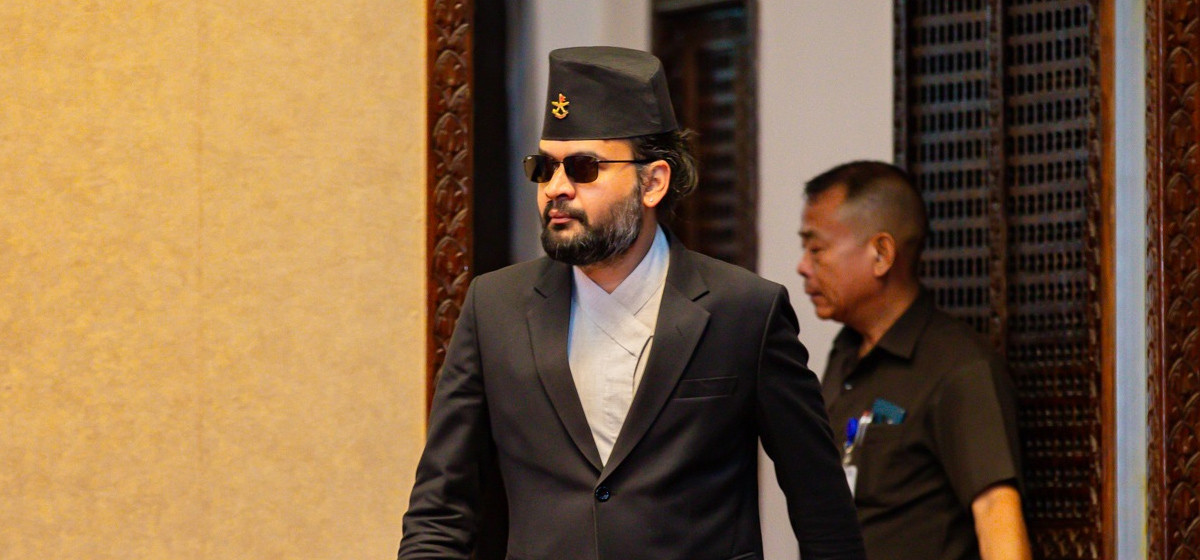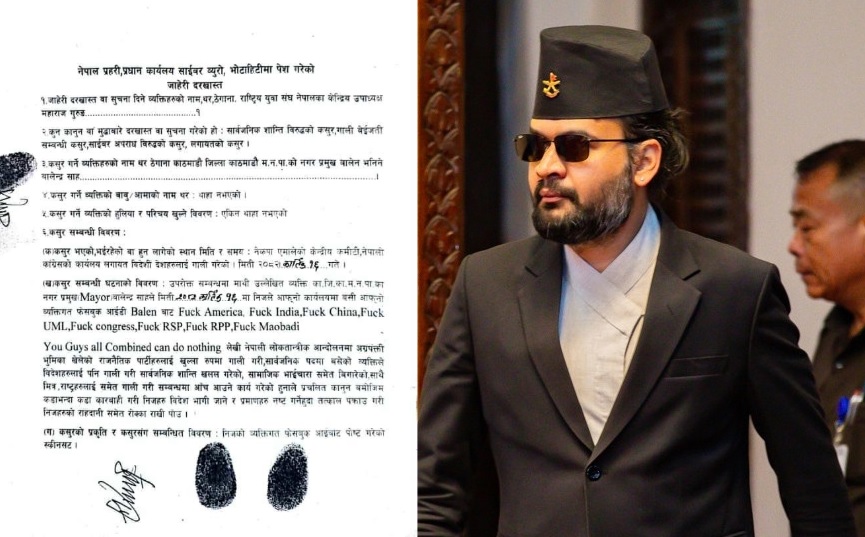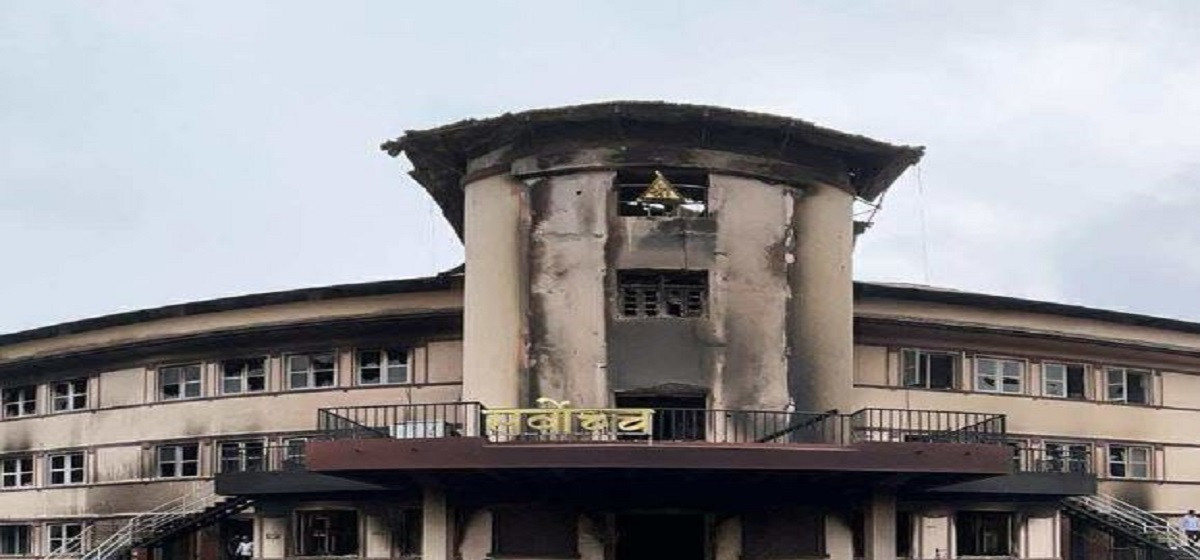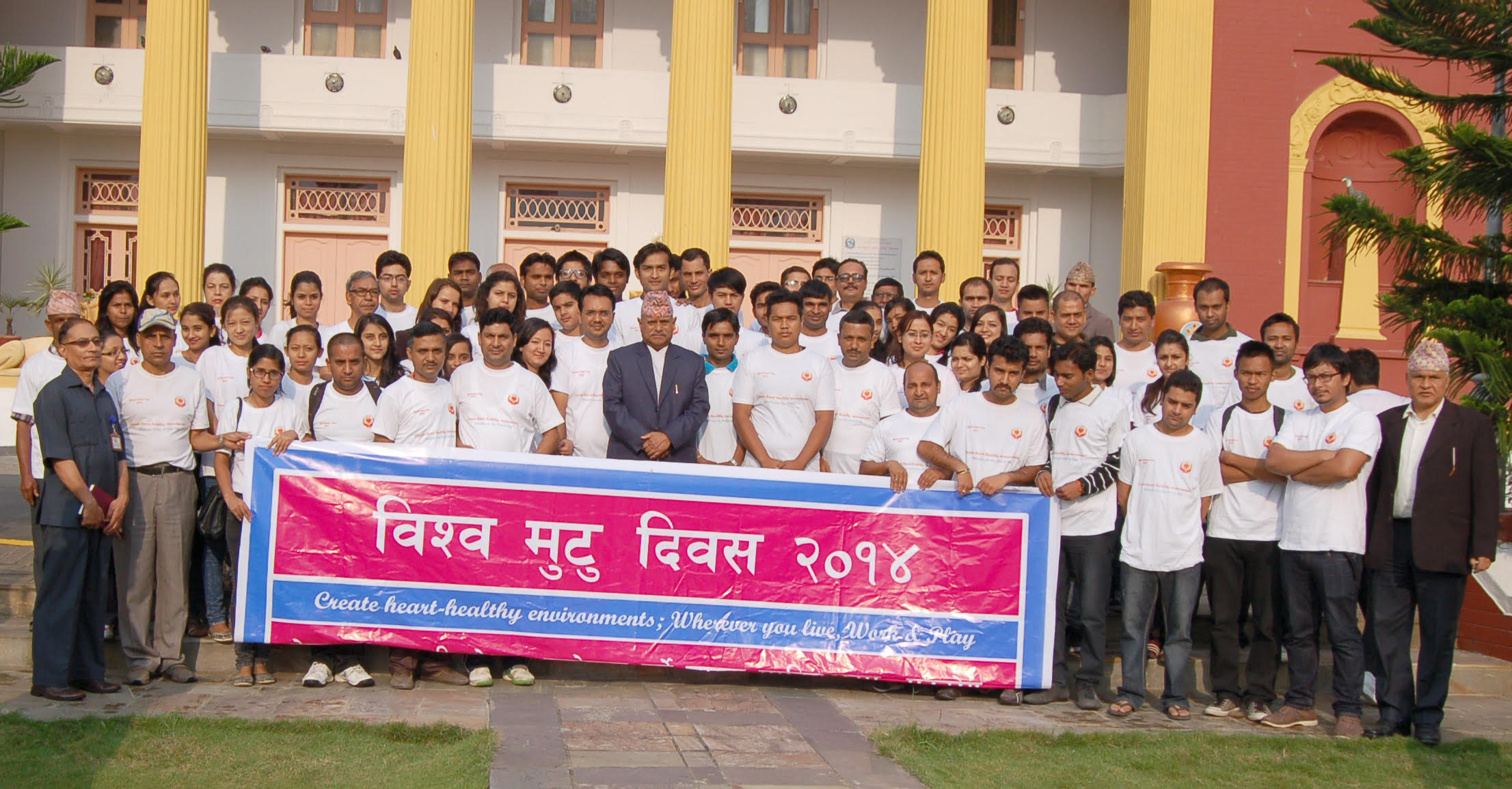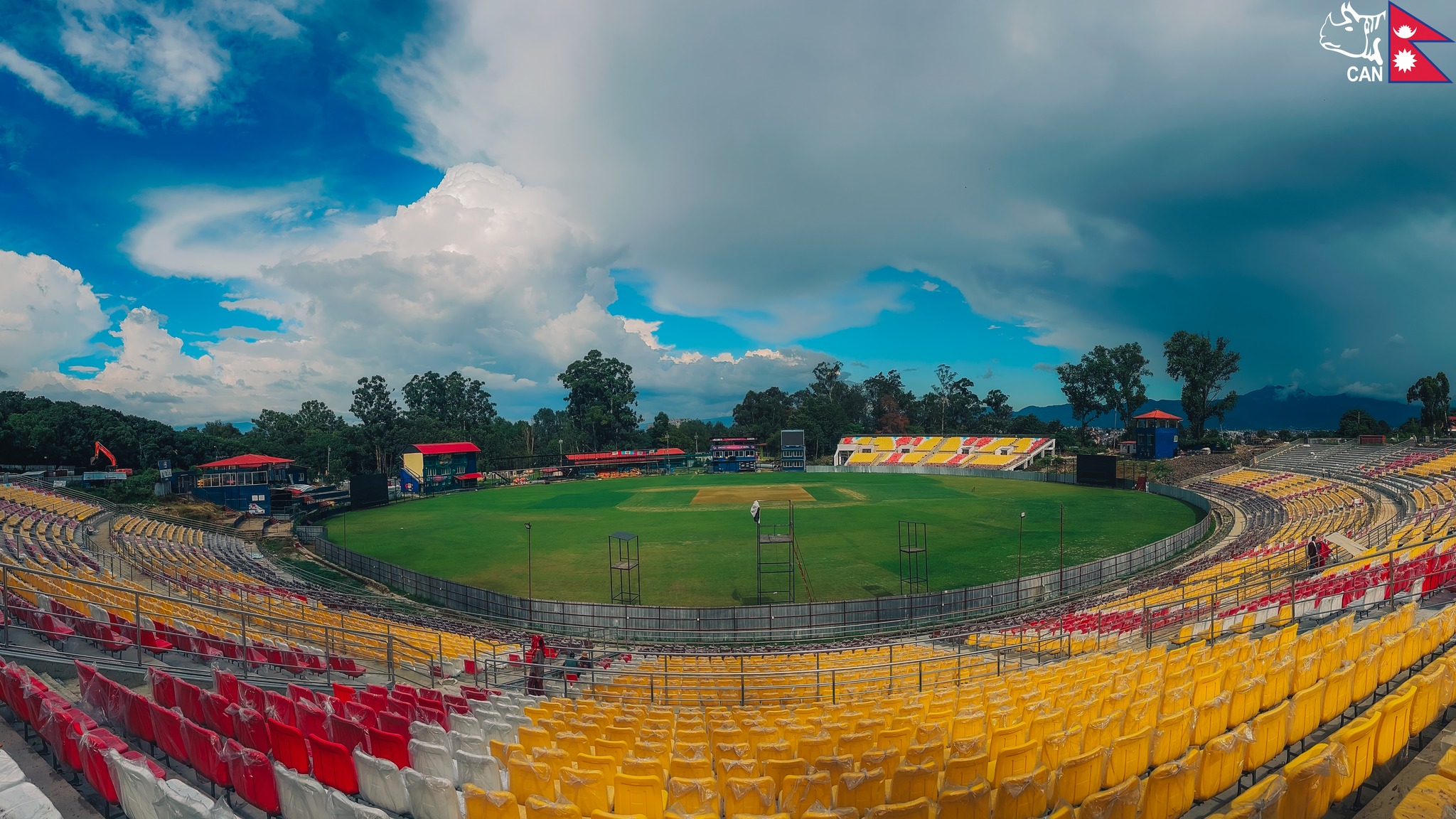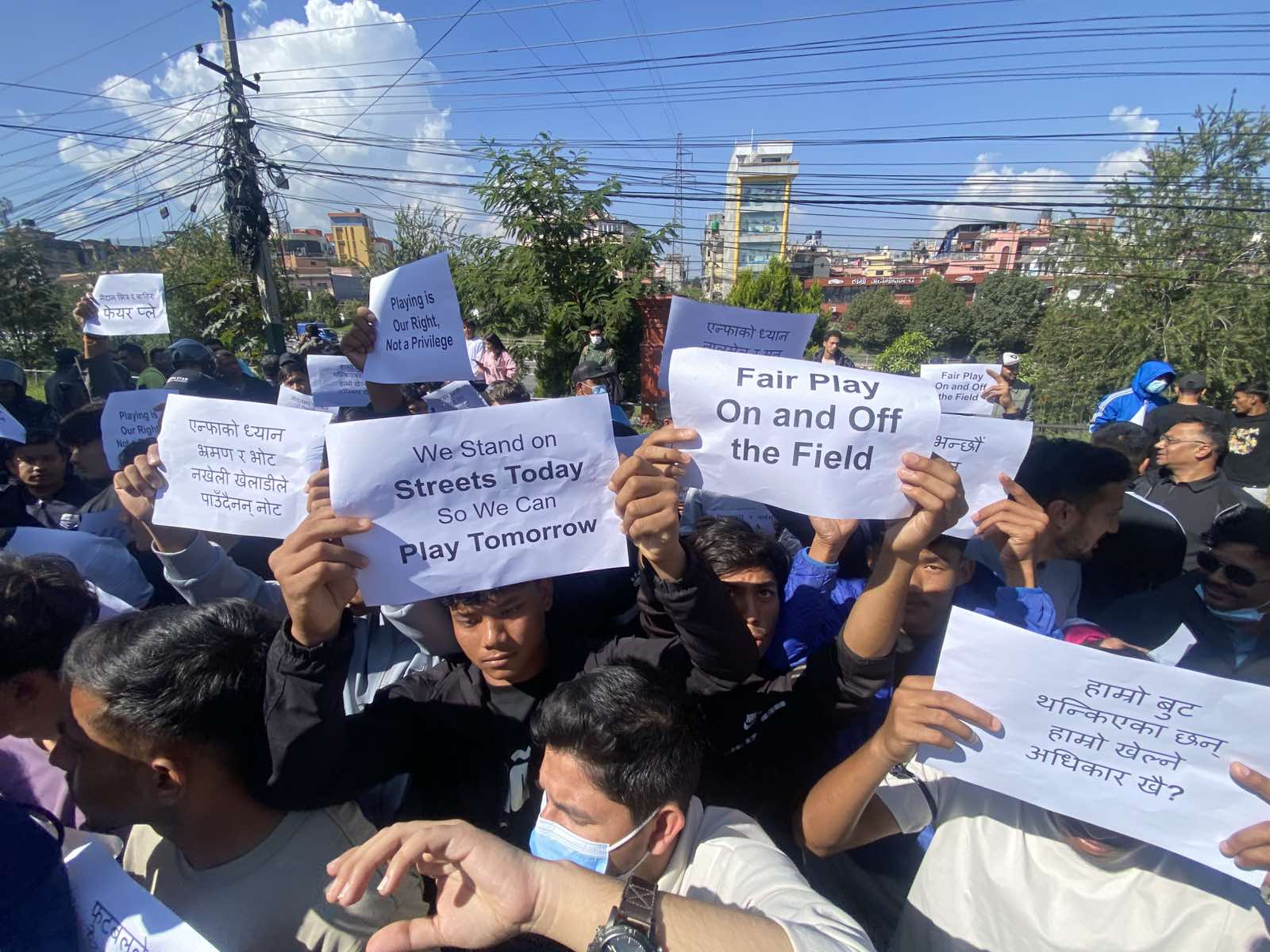Nepal may seek British mediation if India does not agree that Limpiadhura is the source of Mahakali River. As last resort, Nepal may also need to knock International Court of Justice
According to various studies, more than 60,000 hectors of Nepali territory have been encroached upon by neighbors—most of them by India, some by China. Almost 374 square kilometers of Nepali land is under Indian control in Kalapani alone. Limpiadhura, Lipulekh and Kalapani are the areas encroached upon by both the neighbors. In May, 2015, India and China decided to use Lipulekh sector for multi-model transit hub to support their burgeoning trade. In fact, this was the grave mistake of India and China to use land of Nepal without formal consultation with Nepali government.
Nepal is facing difficulty to safeguard its territorial integrity at the moment. The encroachment has started rapidly after 1962’s Indo-China war when withdrawing Indian Army occupied Kalapani as likely route of ingress of PLA force into India. Indian Army took it under its control. Realizing the strategic importance of the territory, it continued strengthening positions in the later dates. Some intellectuals in Nepal argue that the rulers at that time allowed the occupation by Indian Army to safeguard their power but there is no concrete evidence to back this claim.
The authorized evidence of Nepal’s ownership of this territory is the official map published by the British East-India Company after 1816 Sugauli Treaty which was the culminating point of 1814-16 Anglo-Nepal War. This war had ended with Nepal’s defeat and losses of huge territory that it had brought under its rule after unification by King Prithvi Narayan Shah and his successors in the later dates.
Other than brief Nepal- Tibet war in 1856, Nepal had no major engagement after that in territorial war with its neighbors. Jung Bahadur Rana brought back Banke, Bardia, Kailali and Kanchanpur from the British as a reward of Nepal’s support against Sepoy Mutiny in 1860. Thus the final and sole evidence of Nepal’s ownership over Kalapani is the map that had been finalized after Sugauli Treaty.
Nepal is all committed to safeguarding its land: Minister Gyawa...

The controversy that India has raised over the source of Mahakali River, which is the international boundary, is the matter of dispute. Nepal claims Limpiadhura is the source of Mahakali River but India claims a small tributary river named Kali is the actual boundary. Lipulekh and Kalapani are in the east of Limpiadhura, so Nepal says entire area east of belongs to Nepal.
The political map recently made public by the government of India and debate that has followed should be read in this context.
Indian Prime Minister Narendra Modi had agreed, during his first visit to Nepal in 2014, that the territorial disputes between the two countries would be resolved bilaterally. Secretarial level joint committee had also been formed for that purpose. The sudden unilateral action from India has riled up Nepalis precisely for this reason.
What’s the solution?
The dispute that has surfaced must be resolved peacefully. For that, Nepal and India must sit down together. If necessary, we can also request Britain for mediation if India does not agree that Limpiadhura is the source of Mahakali River. As the last resort, Nepal may also need to publish its own political map and proclaim its right over the territory in the International Court of Justice.
A recent report shows that China has also encroached upon huge Nepali territory. Total of 36 hectors of land in four districts adjoining Chinese border now fall into Chinese side, according to this report. If this report is true, Nepal may lose many acres of land to China.
This is happening at the time of great geopolitical struggle in Asia. Although Himalaya is the natural barrier to connectivity, China has defied this barrier and is expanding connectivity. And it is increasing its influence across the world in recent times. On the other hand, India is bent on securing its interests in its dealings with Nepal. In this situation, Nepal needs to demonstrate proactive diplomacy.
Nepal, in the past, played ‘China card’ against India and ‘India card’ against China. Resorting to this tactic would be counterproductive for Nepal. India and China are no longer the rivals they used to be. President Xi Jinping has emphasized on strategic stability through strategic interaction within the framework of comprehensive partnership in our neighborhood. Within this framework, we need to enhance our diplomatic skills not only to keep our territory intact but also to safeguard our interests. For this, first of all we must improve the deliverables of our domestic policy and governance.
Similarly, Nepal has failed to show its presence all along the borders to safeguard its territory. When the state fails to make its presence, it is likely to lose the legitimacy. Nepal should seek peaceful solution bilaterally. It would be wise to properly regulate the borders so that unwanted elements cannot use them illegally.
Keep your wallet safely, don’t blame friends for theft, goes a popular Nepali saying.
The author is a scholar of security and strategic studies














